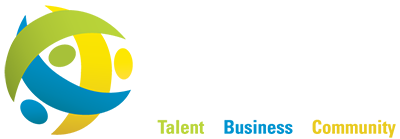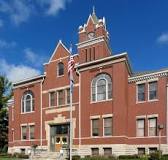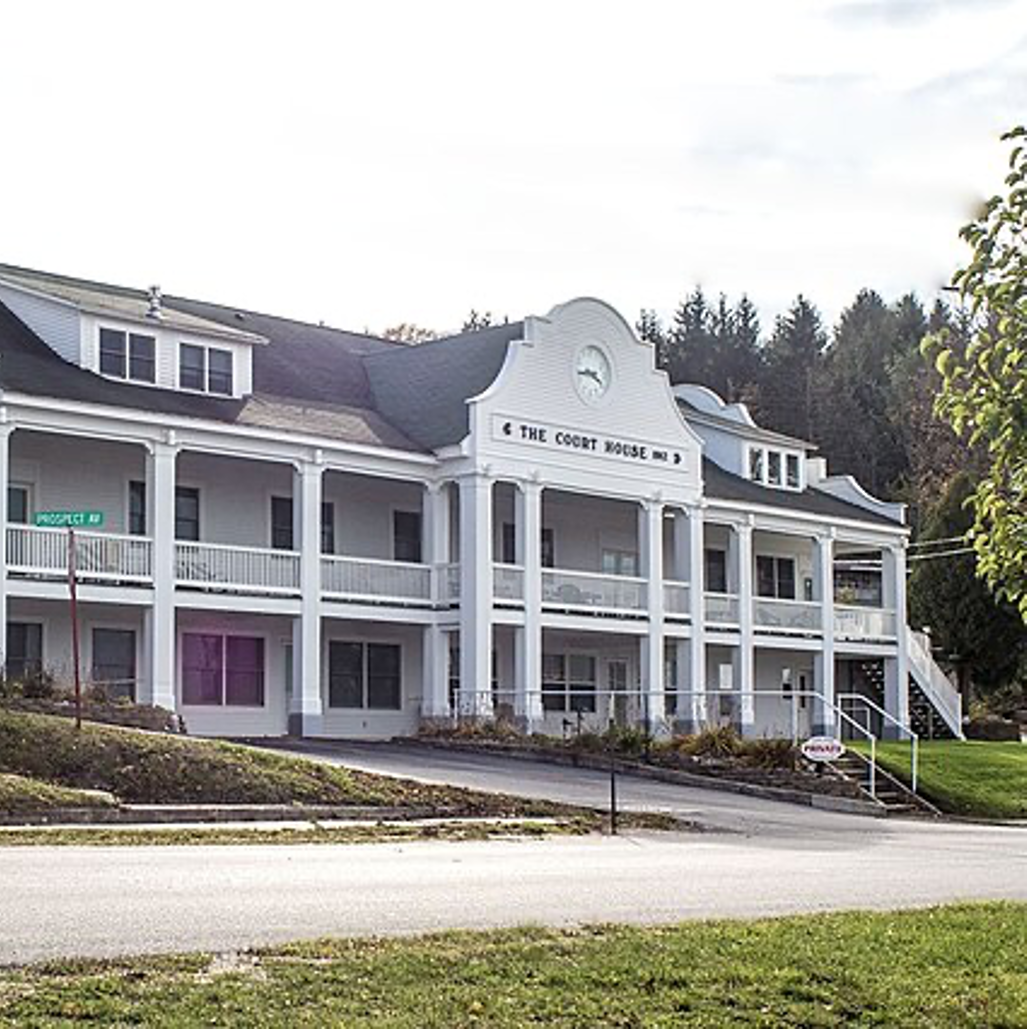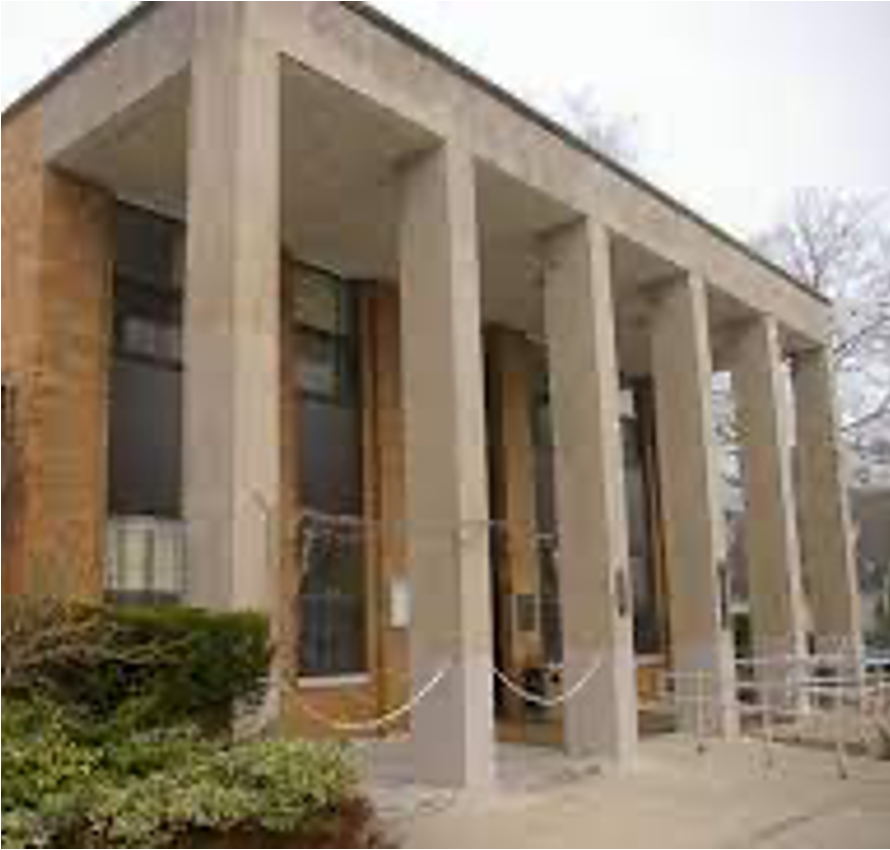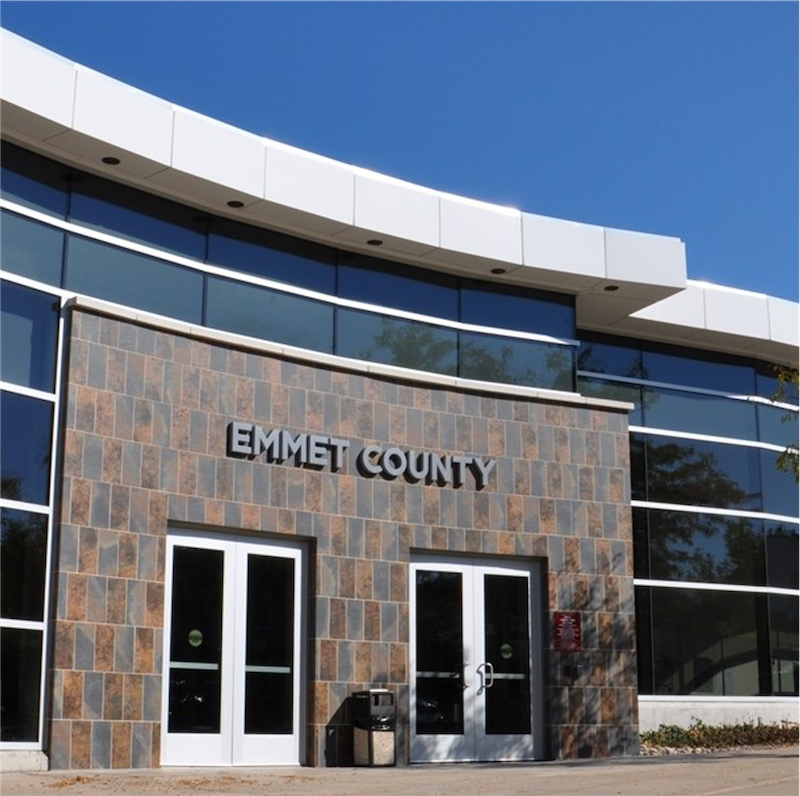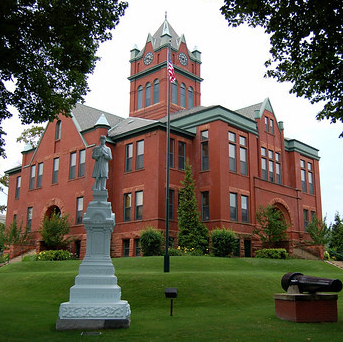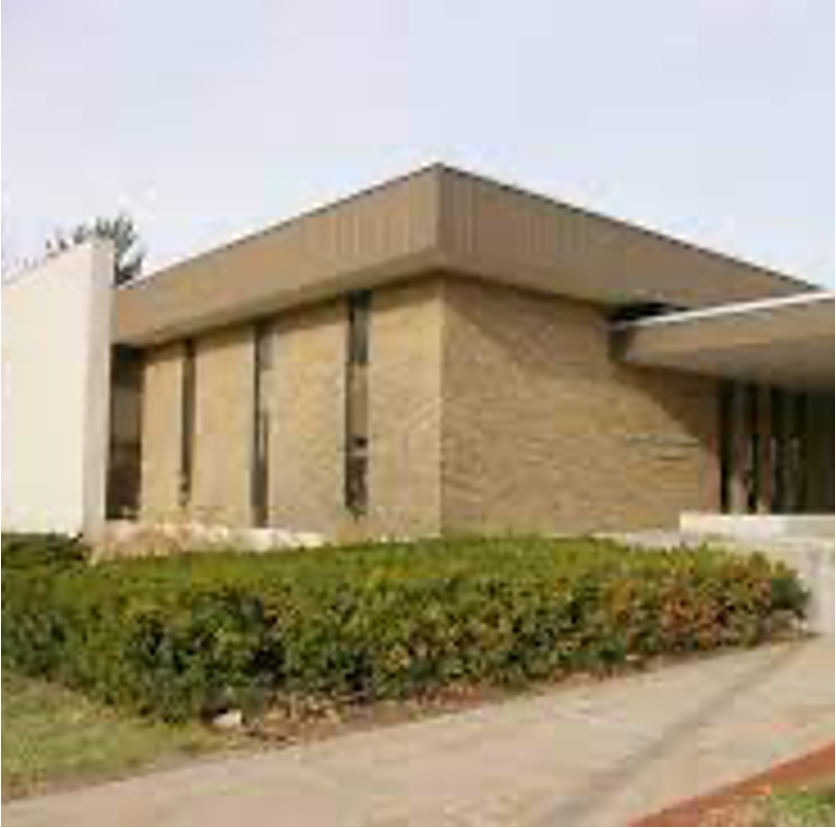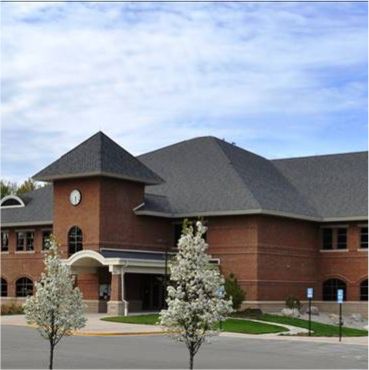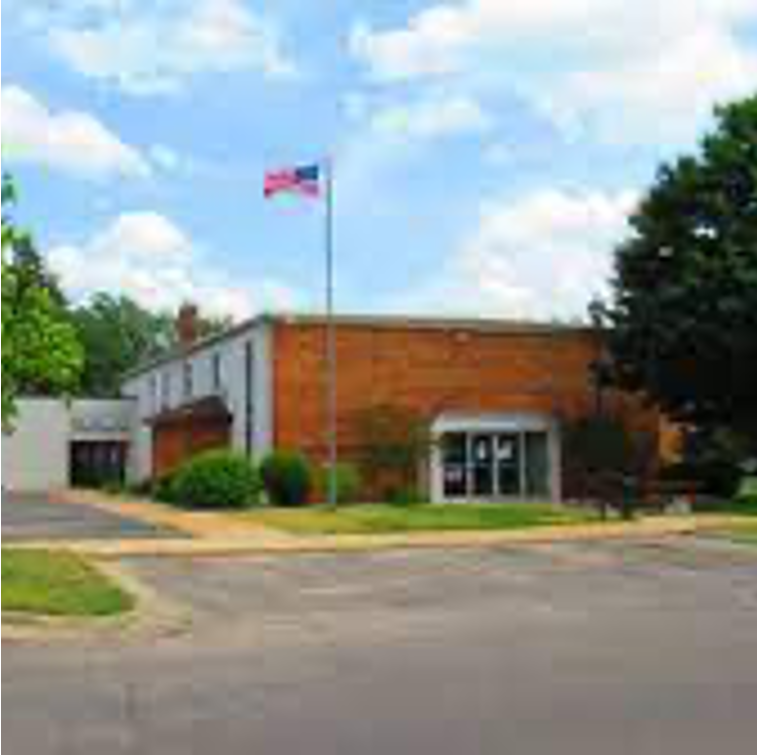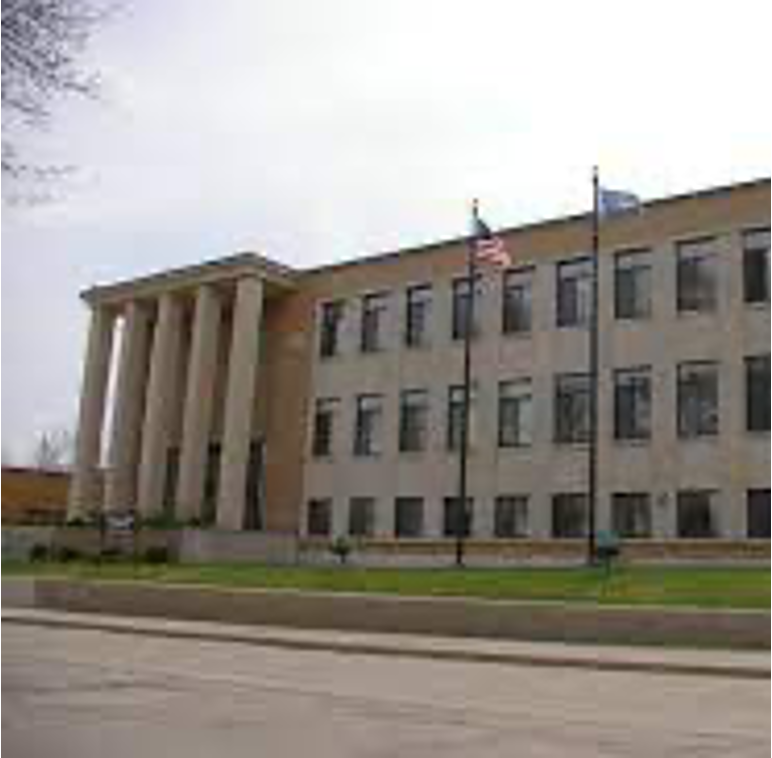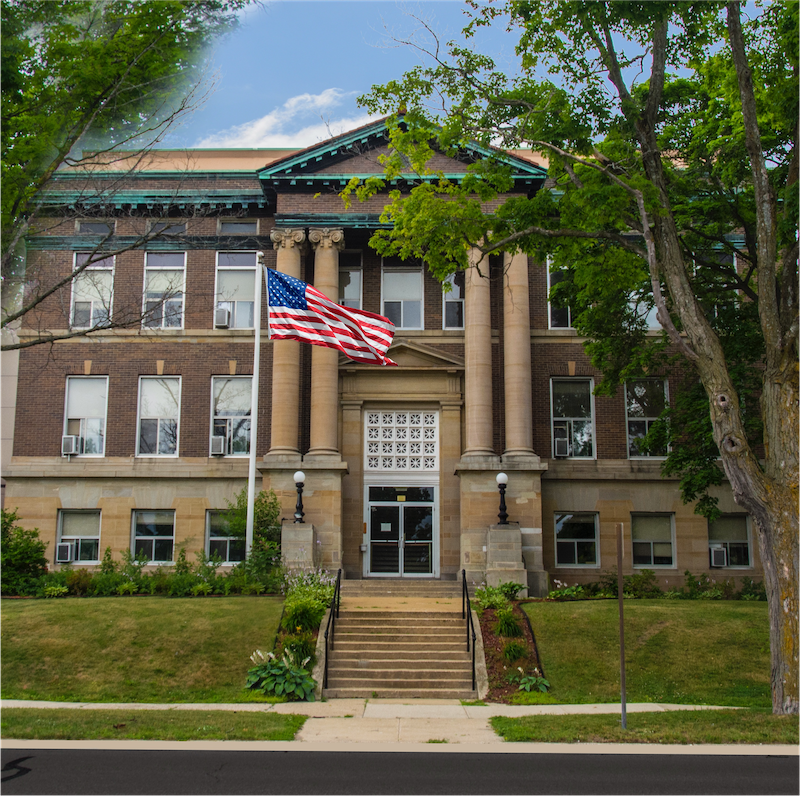Digital CEDS
Explore Northwest MichiganEconomic Development
The Counties of Northwest Michigan
A DIVERSE AND RESILIENT ECONOMY
A popular tourist destination, Northwest Michigan is home to several small to medium-sized communities extensive state and national forests, lakes and rivers, and a large portion of Lake Michigan shoreline. The region has a significant seasonal population much like other regions that depend on tourism as an important industry in the region.
There are several growth and investment areas in the region with Traverse City and Cadillac considered metropolitan areas by the Census Bureau based on their respective population densities. Outside of these urban areas, a rural atmosphere, with villages, parks, farms, orchards, vineyards, forests, and coastal lands all contribute to the local and regional economies.
There are 190 incorporated political jurisdictions in the ten-county region, which are organized as village, township, city, and county governments. The most prevalent unit of local government in the region is township government with a total of 139 in northwest Lower Michigan. In addition to general purpose local governments, there are numerous special purpose local governments. There are three federally recognized Native American Tribes, forty-one school districts, four intermediate school districts and three community colleges. Special districts and authorities such as downtown development authorities, transit authorities and library boards also overlay and sometimes overlap the general purpose geopolitical boundaries.
Northwest Lower Michigan is a ten-county region encompassing Antrim, Benzie, Charlevoix, Emmet, Grand Traverse, Kalkaska, Leelanau, Manistee, Missaukee, and Wexford Counties.
The map above displays the communities within the Northwest Lower Michigan Planning Region # 10. Interactive, data-rich maps for each of the 10 counties located in our region can be found by using the “Geographies” drop-down at the top of the map. Zoom in on the maps to see data at the Census tract and block group levels.
